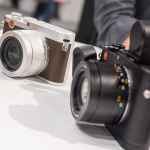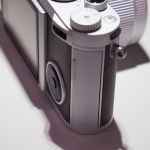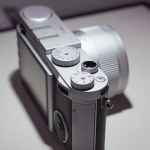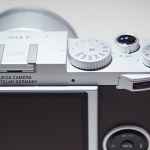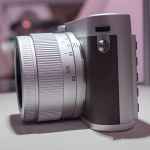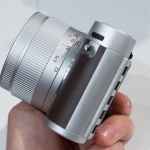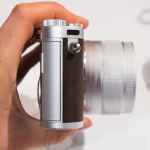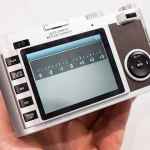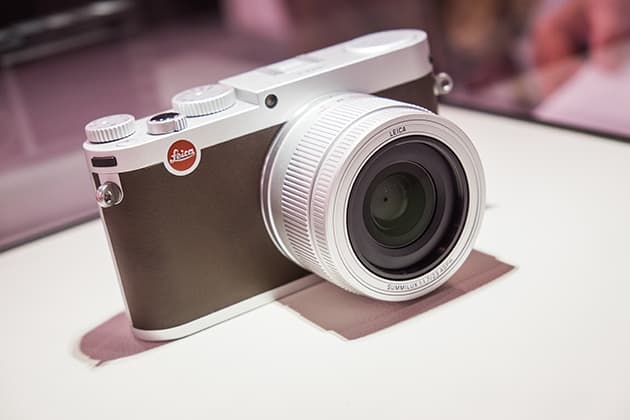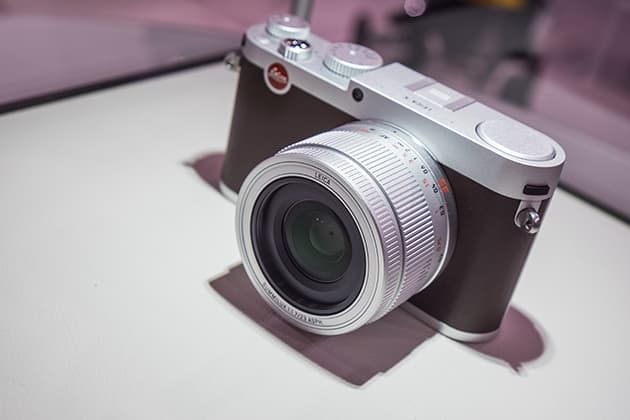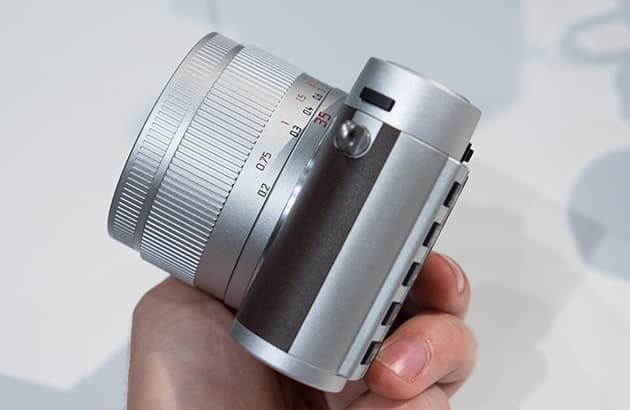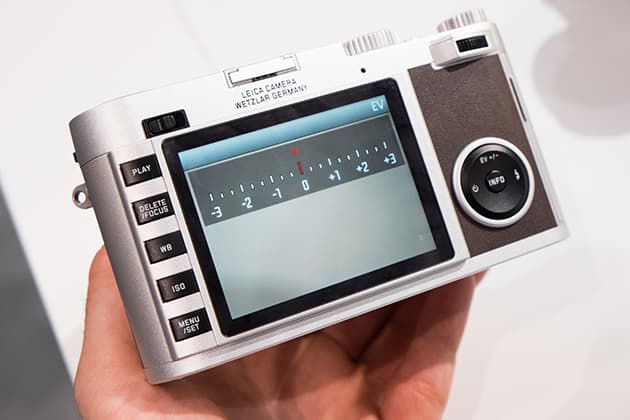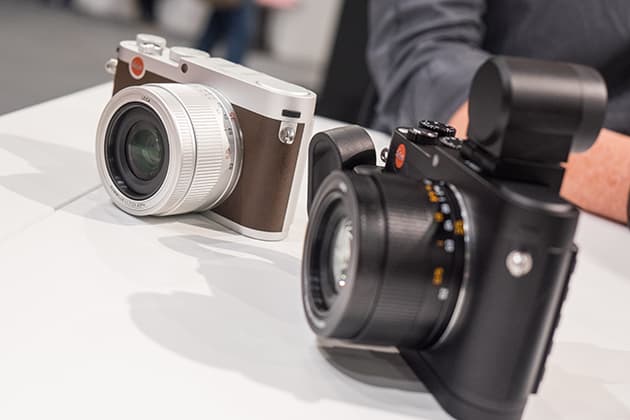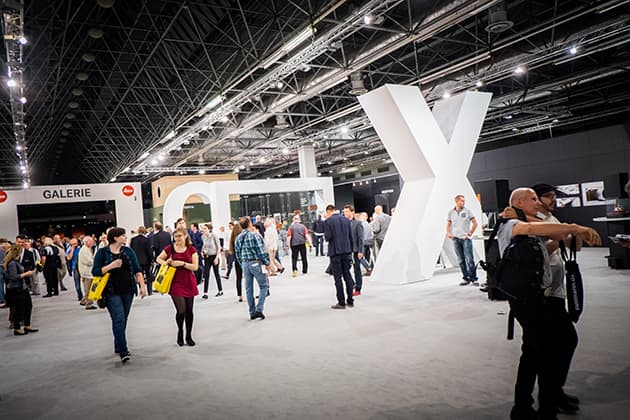- Leica X (Type 113)
Among the flood of new cameras to be announced at this year’s Photokina expo was the launch of the Leica X (Type 113) – the manufacturers latest flagship, fixed lens compact that’s intended to sit above the newly announced X-E – a cosmetically refreshed version of the two-year old Leica X2.
Acknowledging feedback from Leica’s consumers for a faster lens, the Leica X improves where the X2 left off with a fixed Leica-Summilux 23mm f/1.7 ASPH optic that’s equivalent to 35mm and is made up of a construction of ten elements in eight groups, two elements of which are the aspherical type.
In addition to being faster, the lens features a minimum focus distance of 20cm, while the camera uses the contrast-detection method for autofocus, with the option to focus manually by twisting the focus ring past its autofocus setting.
Though it’s the lens that’s clearly the standout feature, the Leica X’s APS-C format CMOS sensor comes with a 16.5-million-pixel resolution, effective to 16.2 million pixels. It supports an ISO range of 100-12,500 like the Leica T, and much like its CSC cousin, it comes compatible with the manufacturers 2.4-million-dot T Visoflex clip-on viewfinder.
The 3in screen sees an upgrade too, up from 230k-dot on the X2 to a more fitting, but not class leading, 921k-dot resolution. Other important features to note include a shutter speed range of 30secs-1/2000sec, Raw and JPEG support, continuous shooting at 5fps for up to seven shots and the use of Leica’s BP-DC8 rechargeable lithium battery, which is claimed to have stamina of 350 shots.
First Impressions
As to be expected from the Leica brand and from a compact with an asking price of £1550, the build quality and finish of the ‘X’ is sublime. The pair of metal top plate dials that offer control of aperture and shutter speed offer reassuring clicks as they’re rotated and the on/off switch that’s suitably positioned for control with the index finger doubles up to control single and continuous autofocus.
The focus ring has more resistance than we’d expected, but notches positively into place to activate autofocus, and by removing the front ring it allows the attachment of a lens hood, filters via a 42mm filter thread, or use with digiscopes for wildlife photography.
Compared to one of its closest rivals – the Fujifilm X100T – its lens is more bulky and protrudes further from the body. Two of the most noticeable differences over the X2 is its size – it’s grown to be larger and heavier, while at the rear, the screen provides a crisper and more detailed view.
The clean, two-tone finish of the silver ‘X’ over the all-black version would be our first choice and from our brief hands-on it felt best raised to the eye with the Leica T Visoflex EVF attached. This does however raise the price close to £2000.
Our hands-on experience revealed the Leica X is a leap in the right direction from the X2, albeit without any revolutionary technological advancements. We’re looking forward to bringing you a full review of the Leica X in the next few weeks.





